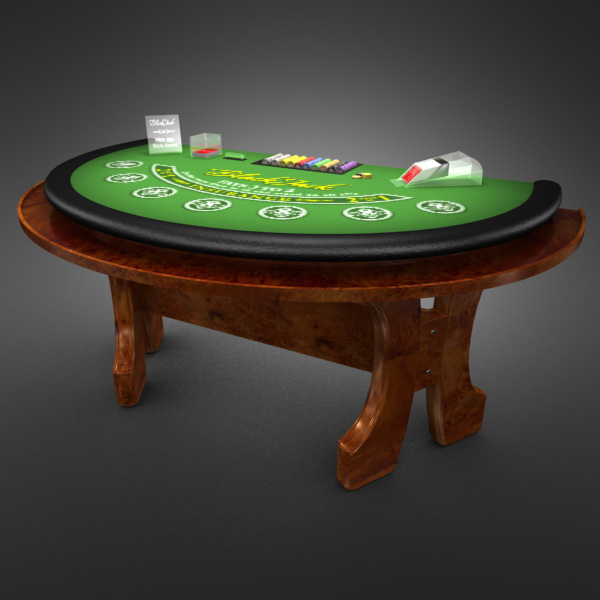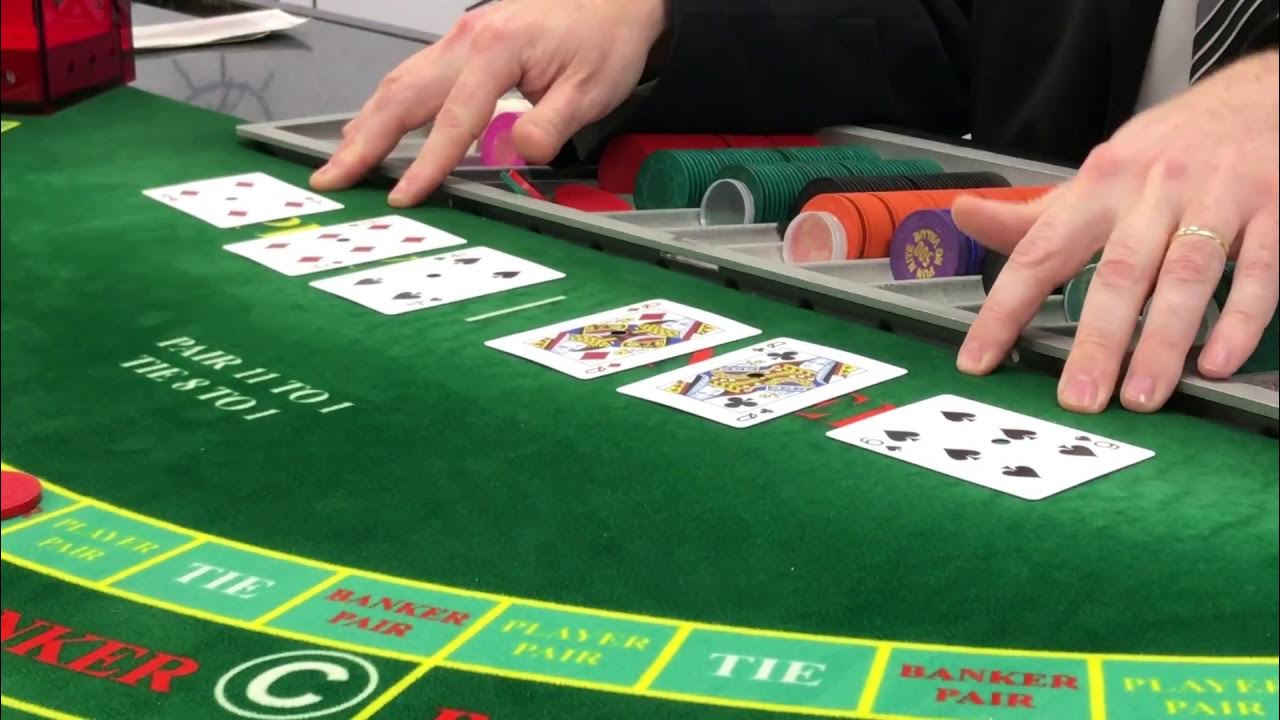메이저바카라 가이드
Whilst in the contest, no one particular is permitted to use the auto-play function and every single player has to manually press “spin” every single time. As quickly as the allotted time runs out, the top rated-ranked players in terms of credits earned are declared the winners. Cost-free spins, for...












